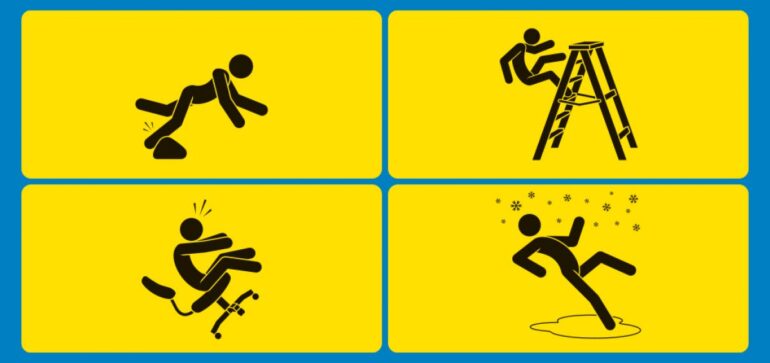TL;DR:
- Artificial Intelligence (AI) is revolutionizing workplace safety by detecting safety issues, predicting risks, and providing valuable insights.
- AI analyzes vast amounts of data, recognizing patterns and identifying potential hazards within workplaces.
- It can alert managers to improper or insufficient personal protective equipment (PPE) usage and provide recommendations for enhancing safety.
- AI algorithms optimize transportation routes, issue real-time alerts, and mitigate risks in transportation-related activities.
- AI generates data-driven insights, helping employers identify unreported accidents and formulate effective prevention strategies.
- However, AI should be viewed as a complementary tool, not a substitute for human expertise.
- Collaborating AI systems with human workers creates a powerful synergy that minimizes workplace accidents and prioritizes employee well-being.
Main AI News:
In today’s dynamic business landscape, the remarkable potential of artificial intelligence (AI) is set to revolutionize workplace safety practices. According to the Occupational Safety and Health Administration (OSHA), AI is on the verge of a breakthrough, capable of detecting safety issues and hazards that have the potential to reshape how organizations identify and prevent accidents.
AI’s inherent strength lies in its unrivaled ability to analyze vast amounts of data and pinpoint anomalies. By leveraging video feeds and state-of-the-art security cameras, AI systems can learn to recognize patterns and predict potential slip, trip, or fall zones within any workplace. Moreover, AI can distinguish nuances within these zones, providing invaluable insights into the distinct characteristics of each hazard.
Beyond hazard detection, AI has the capacity to alert managers to instances of improper or insufficient personal protective equipment (PPE) usage, promptly flagging cases where PPE may be ill-fitting. With its advanced capabilities, AI could even take it a step further by providing recommendations to optimize workplace safety. These actionable insights not only aid in accident prevention but also streamline reporting and compliance procedures, thereby saving precious time for workers.
AI’s impact transcends physical workplaces and extends into the realm of transportation. By deploying AI algorithms, organizations can chart optimal routes, direct vehicles, and deliver real-time alerts to drivers regarding potential accidents or hazards. Harnessing the power of AI enables employers to proactively address road safety concerns and mitigate risks associated with transportation-related activities.
Among AI’s most invaluable contributions lies in the wealth of data it generates. The insights provided by AI systems equip employers with a treasure trove of information, shedding light on previously unreported accidents and facilitating the development of effective prevention strategies. This data-driven approach empowers organizations to identify recurring patterns, rectify potential safety hazards, and allocate resources with maximum impact.
However, it is essential to acknowledge that AI alone cannot solve all safety challenges. While AI showcases immense potential, it should be regarded as a complementary tool, augmenting rather than replacing human expertise. Human oversight, critical thinking, and decision-making will remain crucial in ensuring workplace safety.
As AI continues to evolve, it is of utmost importance for organizations to embrace its potential and seamlessly integrate it into their safety protocols. Collaborative efforts between AI systems and human workers can forge a powerful synergy, combining the efficiency and analytical capabilities of AI with the experience and intuition of human professionals. By harnessing AI as a trusted safety partner, organizations can strive towards a future where workplace accidents are minimized and employees can thrive in environments that prioritize their well-being.
The advent of AI has unlocked new avenues for improving workplace safety. Its unmatched ability to identify safety hazards, predict risks, and provide invaluable insights offers a promising pathway toward accident prevention. By harnessing the transformative power of AI, organizations can not only enhance safety measures but also unlock a wealth of data that informs effective prevention strategies. As we embrace this game-changing technology, it is crucial to recognize the collaborative role of AI and human workers in creating safer work environments.
Conclusion:
The integration of AI into workplace safety protocols offers significant opportunities for the market. Organizations can benefit from improved safety measures, enhanced data insights, and streamlined reporting processes. Collaboration between AI systems and human workers can create a competitive advantage, leading to safer work environments, reduced accidents, and increased employee productivity. Embracing the transformative potential of AI is crucial for businesses to stay ahead in an evolving landscape where workplace safety is paramount.

